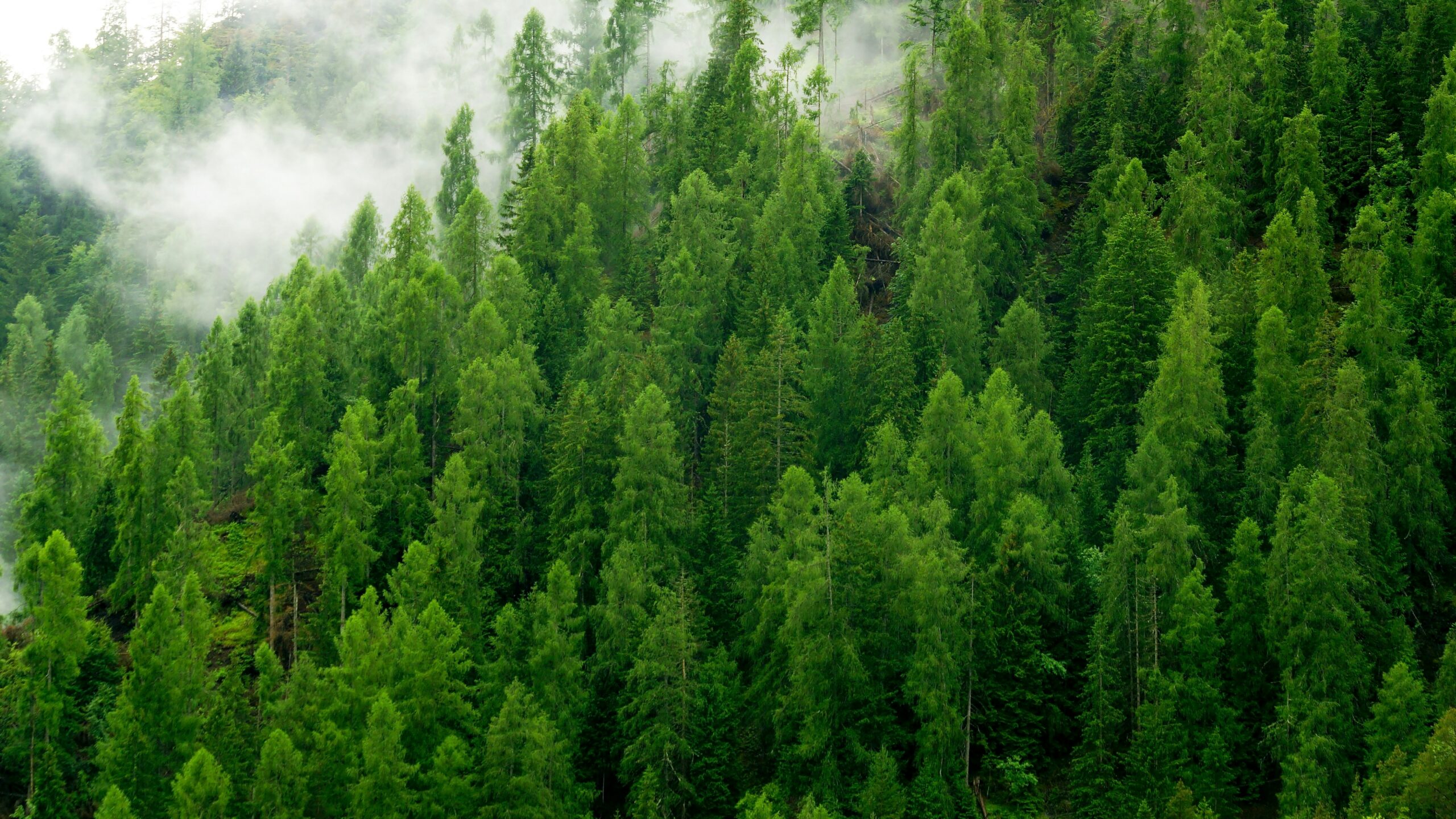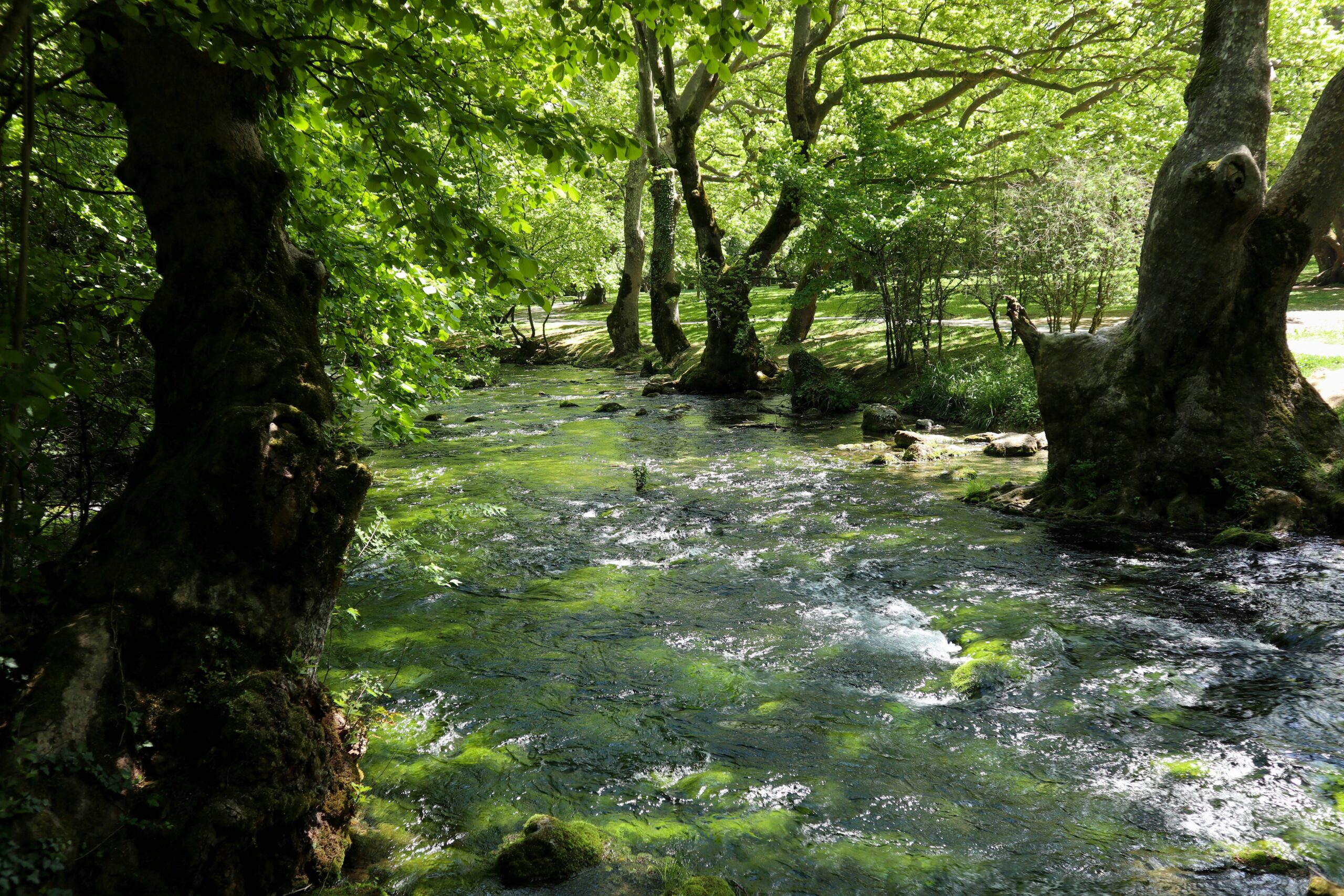Every April 22nd, millions of people across the globe unite to celebrate Earth Day—a worldwide initiative that champions the protection and preservation of our planet. Whether you’re planting a tree, biking instead of driving, or educating others on environmental issues, Earth Day reminds us that every small step counts. Here, we’ll explore the origins of Earth Day, ways to celebrate, how nature helps fight climate change, and how we can adopt an Earth-friendly mindset all year long. Let’s dive in and discover how simple acts can make a big impact.
A Brief History: How Earth Day Took Root
The first Earth Day was held on April 22, 1970, sparked by a growing awareness of environmental degradation in the United States. Air and water pollution were rampant, and there was little regulation in place to protect natural resources. U.S. Senator Gaylord Nelson proposed a national teach-in on the environment, and the idea quickly gained momentum.
More than 20 million Americans participated in that first Earth Day, organizing rallies, educational events, and peaceful demonstrations. The energy and support it generated led to the creation of the Environmental Protection Agency (EPA) and the passage of key environmental laws like the Clean Air Act, Clean Water Act, and Endangered Species Act.
Today, over 1 billion people in more than 190 countries take part in Earth Day activities. It has become the world’s largest secular observance, turning awareness into action and driving global environmental policy forward.
🔗 Read more about Earth Day’s beginnings on EarthDay.org
Fun & Eco-Friendly Ways to Celebrate

Celebrating Earth Day doesn’t require grand gestures or a massive carbon footprint. In fact, some of the best ways to honour our planet are simple, joyful, and easily accessible. Here are a few creative and eco-friendly ideas to make Earth Day special:
- 🌳 Plant a Tree: Trees absorb carbon dioxide, improve air quality, and provide habitat for wildlife. Make it a tradition to plant a tree every year!
- 🗑️ Join a Clean-up Drive: Whether it’s a park, beach, or roadside, picking up litter is a hands-on way to improve your community and protect wildlife.
- 🌱 Start a Garden or Compost Bin: Grow your own vegetables, herbs, or flowers, and reduce food waste by composting kitchen scraps.
- 🛍️ Support Green Businesses: Shop locally and choose products made with sustainability in mind.
- 🎨 Get Creative: Organize an Earth-themed art project or photo contest with your friends or kids to spread awareness in a fun way.
- 📵 Unplug for a Day: Reduce your energy usage and enjoy a digital detox by spending more time outdoors.
🔗 Explore easy lifestyle changes at WWF’s Green Tips
Nature’s Role in Combating Climate Change
Nature is more than just beautiful—it’s our strongest ally in the fight against climate change. Healthy ecosystems such as forests, oceans, wetlands, and grasslands act as powerful carbon sinks, capturing carbon dioxide and helping regulate the planet’s climate.
- Forests: Known as the “lungs of the Earth,” forests absorb approximately 2.6 billion tons of CO₂ each year. They also regulate temperatures, protect watersheds, and provide habitat for over 80% of terrestrial wildlife.
- Oceans: Oceans cover 70% of the Earth’s surface and produce more than half of the oxygen we breathe. They store vast amounts of carbon and support life from the smallest plankton to the largest whales.
- Wetlands: Often overlooked, wetlands are among the most effective natural carbon sinks. They also help control flooding, purify water, and support diverse species.
- Soils: Healthy soil stores three times more carbon than the atmosphere and plays a critical role in food production and water filtration.
Protecting these ecosystems is vital for climate resilience. When we conserve nature, we also invest in our own future.
🔗 Learn more about nature-based climate solutions from UNEP
Make Earth Day an Everyday Mindset
While Earth Day serves as a great annual reminder, it’s important to treat every day like it’s Earth Day. Living sustainably doesn’t have to be hard—in fact, with a few mindful changes, it becomes second nature.

Try incorporating these everyday eco-friendly habits:
- ♻️ Ditch Single-Use Plastics: Switch to reusable water bottles, cloth bags, and metal straws.
- 🥗 Eat More Plants: Even going meatless one day a week can reduce your carbon footprint.
- 🚲 Choose Green Transportation: Walk, bike, carpool, or use public transit whenever possible.
- 💡 Conserve Energy at Home: Turn off lights, unplug devices, and invest in energy-efficient appliances.
- 👕 Shop Smart: Choose second-hand, sustainable, or ethically-made clothing.
- 🧽 Use Natural Cleaning Products: Avoid harsh chemicals and opt for eco-friendly alternatives.
- 📚 Educate & Advocate: Talk to your family and friends about environmental issues and support policies that protect our planet.
Getting kids involved is a great way to inspire the next generation of eco-heroes. Whether it’s reading books about nature or doing simple science projects, there are endless ways to get little ones excited about Earth.
🔗 Check out NASA’s Earth-friendly tips for kids on NASA Climate Kids
Final Thoughts
Earth Day is more than a celebration—it’s a commitment to creating a better world. Whether you’re planting a tree, joining a clean-up, or making a personal pledge to live more sustainably, every action counts. Let’s continue to honour the Earth not just on April 22nd, but every day.
The planet is our home. Let’s treat it with the love and care it deserves. 🌍💚




